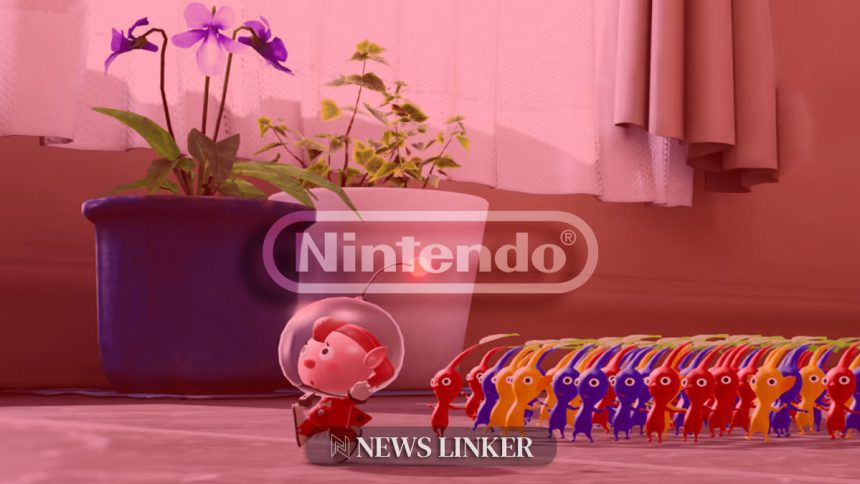Recent legal developments have placed Nintendo at the center of a contentious patent dispute with the developers of Palworld. This conflict highlights the ongoing tensions between established industry giants and emerging indie game creators. As the gaming community watches closely, the outcome may set precedent for future intellectual property battles within the sector.
Nintendo has previously taken strong legal stances to defend its intellectual property, resulting in major lawsuits against other gaming companies. This pattern persists as the company now challenges Palworld, reflecting its strategy to uphold market leadership through legal means. The dynamic between Nintendo’s established legacy and Palworld’s growing presence highlights the intricate nature of patent disputes in the gaming world.
What led to Nintendo’s lawsuit against Palworld?
The lawsuit arises from Nintendo’s assertion that Palworld infringes on its existing patents. These claims are part of Nintendo’s broader effort to protect its intellectual property and maintain its competitive edge in the gaming industry. Palworld, developed by a smaller studio, represents a new entrant that Nintendo perceives as a potential threat.
How have the US patent rejections impacted the legal battle?
The United States Patent and Trademark Office rejected 22 out of Nintendo’s 23 patent claims related to Palworld. According to Japanese patent lawyer Kiyoshi Kurihara,
“this sort of mass rejection is actually rote for most patent claims.”
This high rejection rate suggests challenges for Nintendo in proving their case, even though the company retains the option to modify and appeal the remaining claim.
What are the possible next steps for Nintendo and Palworld?
Nintendo can revise its patent applications by narrowing the scope of its claims or pursuing appeals against the rejections. Engaging in patent prosecution, the company may seek to persuade the patent examiner to grant additional claims. Meanwhile, Palworld may continue to develop its product without significant legal hindrance if Nintendo’s appeals are unsuccessful.
The ongoing dispute underscores the complexities of patent law in the gaming industry, where large corporations like Nintendo leverage their resources to defend their market position. Small developers, on the other hand, must navigate these legal challenges with limited means. The resolution of this case could influence how future patent disputes are handled, potentially encouraging more balanced negotiations between industry giants and indie developers.
Navigating patent laws is a critical aspect for both established and emerging game developers. Understanding the intricacies of patent prosecution can offer strategic advantages in protecting intellectual property while fostering innovation. As this case progresses, stakeholders in the gaming community will likely gain valuable insights into effective legal strategies and the importance of robust patent applications.










